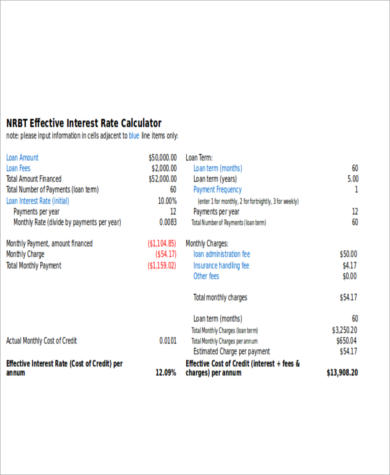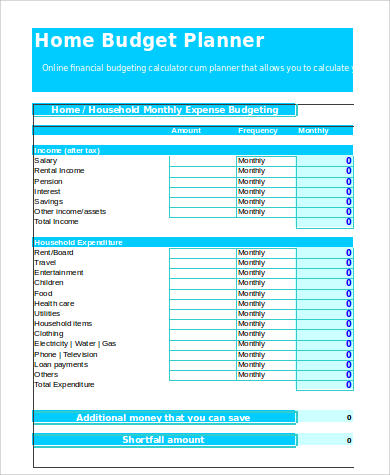


Some costs may not be relevant to your business or you may need to add other items into the calculator. For example, your rent may be 40% of your total start-up costs. It will automatically calculate subtotals, totals, and the percentage of the total for each expense. Use this tool to calculate your total projected monthly and one-off expenses. Experts recommend adding 10% on top of your total costs as a safety buffer. It's better to overestimate then underestimate costs. an unrealistic goal to have more customers than Facebook in 3 years.a realistic goal to break-even for the first 2 years before achieving profitability in year 3.Make sure your business goals are achievable and your budget aligns with your goals.įor example, a new social media business may set: Set realistic expectations and have a contingency plan if this changes. Set realistic expectationsĬonsider how long it will take to open your business and start making a profit. Learn more about working with business advisers. speaking to an accountant or financial adviser.attending business events and seminars in your local area.using the Business Launchpad for licences, permits and regulatory information in your local government area.visiting Australian Business Licence and Information Service (ABLIS) for licences, regulations, approvals and compliance advice.applying for government grants, tax incentives for early stage investors and for research and development.

You also need to budget for one-off costs (e.g. For example, your rent and power are ongoing costs. Calculate ongoing and one-off costsĬonsider any ongoing costs that recur annually, weekly, monthly, quarterly or every couple of years. Read more about industry associations in Queensland.

Read how to compare your business by benchmarking. That means they will be able to negotiate lower prices for goods because they can buy more of them. Remember that larger businesses will often have the advantage of stronger buying power. Look up financial statements of publicly listed businesses in your industry, especially competitors and market leaders.Ĭompare businesses that are a similar size to yours. How to calculate your start-up costs Check financial statements If theres a surplus, you should have money in your wallet or bank account. For example, a bakery will need to own or lease a shop, while an online business will have website set-up costs. Total all columns and subtract actual expenses from actual income. Your exact start-up costs will depend on your type of business and industry. tenancy or leasing bond, transfer (stamp) duty and lease agreement advice.compliance expenses such as the cost of any licences or registrations required.preliminary financial advice or general business advice.Some of the costs associated with starting a business include: Review the information you have entered, particularly your monthly expenses.Talk to your accountant or financial adviser for advice on costs specific to your business type and industry. If your Overall Shortfall/Surplus is less than $0 (a negative value), you will need to look for ways to balance your budget. Refer to our online budgeting resources for tools to build a monthly budget and track your spending. The larger the surplus the more you will have for discretionary spending. If your Overall Shortfall/Surplus is greater than or equal to $0, your budget is balanced. ³ Overall Shortfall/Surplus is the total of your Net Educational Costs and your Net Study Period Income. It’s okay if your Total Monthly Expenses is greater than your Total Monthly Income as long as you have leftover resources to make up the difference. The value is then multiplied by your Budget Term. ² Net Study Period Income is calculated by subtracting your Monthly Expenses from your Monthly Resources. If there is anything left over after your education expenses are “paid”, it is added to your overall shortfall/surplus to supplement your monthly income. ¹ Net Educational Costs is calculated by subtracting your Total Education Expenses from your Total Financial Resources. With a clearer idea of your monthly budget, you’ll be able to make. Whether it’s your personal budget, or household budget, once you know where your money goes, it will be a lot easier to take control of your finances. Understanding where your money goes is the first step in budgeting. Net Educational Costs 1: $_ Net Study Period Income 2: $_ Overall Shortfall/Surplus 3: $_ Use our Budget Calculator to help plan your finances. Release of Information to a Third PartyĬompare your resources and expenses with our budget calculator tool!.Out-of-Province Student Assistance Programs.Youth in Extended Society Care Tuition Assistance Bursary.Entrance Awards for International Students.


 0 kommentar(er)
0 kommentar(er)
